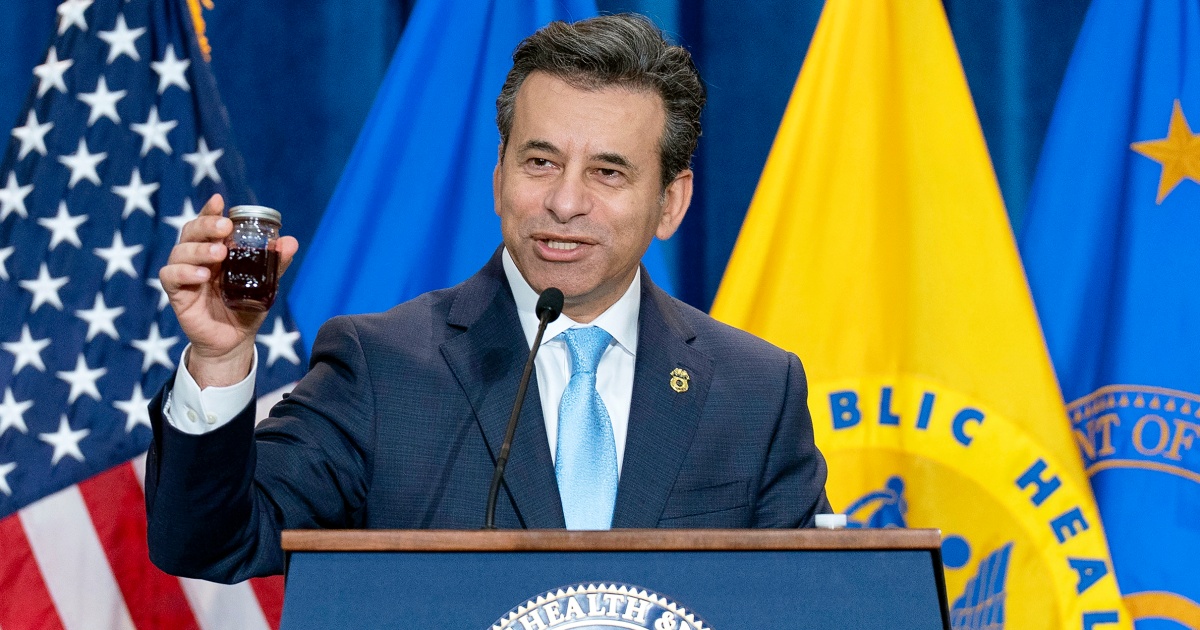Planned Parenthood Funding Cuts: What Does It Mean for Aussie Women's Health?

The recent push to defund Planned Parenthood in the United States has sparked a global conversation about women's health access. But what does this mean for Australian women, and how might it impact healthcare services both here and abroad? This article breaks down the situation, exploring the role of Planned Parenthood, the potential consequences of funding cuts, and the broader implications for reproductive healthcare.
What is Planned Parenthood?
Planned Parenthood is a leading non-profit healthcare provider in the US, offering a wide range of services beyond abortion. They provide essential care including:
- Family Planning: Contraception, fertility services, and counseling.
- Preventative Care: Pap smears, STI testing and treatment, breast exams, and well-woman visits.
- Cancer Screenings: Early detection of breast, cervical, and other cancers.
- Reproductive Health Services: Prenatal care, abortion services (representing a small percentage of their overall services), and post-abortion care.
Crucially, Planned Parenthood serves a diverse population, particularly women in rural and underserved communities who may lack access to alternative healthcare options. A significant portion of their patients rely on Planned Parenthood for their primary healthcare needs.
The Defunding Debate: Why is it Happening?
The push to defund Planned Parenthood is largely driven by opposition to abortion. Conservative lawmakers argue that taxpayer dollars shouldn't be used to support an organization that provides abortion services, even though the Hyde Amendment already restricts federal funding for abortion. However, critics argue that defunding Planned Parenthood will disproportionately harm women who rely on the organization for vital, non-abortion related healthcare.
The Potential Impact: What Could Happen?
If Planned Parenthood’s funding is significantly reduced or eliminated, the consequences could be far-reaching:
- Reduced Access to Care: Millions of women could lose access to essential preventative and reproductive healthcare services.
- Increased Unintended Pregnancies: Decreased access to contraception could lead to a rise in unintended pregnancies.
- Worsening Health Outcomes: Delayed or forgone screenings and treatment could result in poorer health outcomes, particularly for low-income women and women of colour.
- Strain on Other Healthcare Providers: If Planned Parenthood closes clinics, other healthcare providers may struggle to absorb the increased demand, potentially leading to longer wait times and reduced quality of care.
Australian Implications: A Global Perspective
While Australia has its own healthcare system, the events unfolding in the US highlight the ongoing global challenges related to women’s reproductive health. The debate underscores the importance of ensuring equitable access to affordable and comprehensive healthcare for all women, regardless of their socioeconomic status or geographic location. The ripple effect of reduced access to care in the US could also impact global health initiatives and research related to women's health.
Looking Ahead: The Fight for Women's Health
The future of Planned Parenthood and women's healthcare in the US remains uncertain. However, the ongoing debate serves as a reminder of the importance of advocating for policies that support women's health and reproductive rights. Australians can follow developments closely and support organisations working to protect access to essential healthcare services both domestically and internationally.

:max_bytes(150000):strip_icc():focal(976x484:978x486)/Dave-Mason-060325-66d96446bc6845959a0002cd2423ee57.jpg)



